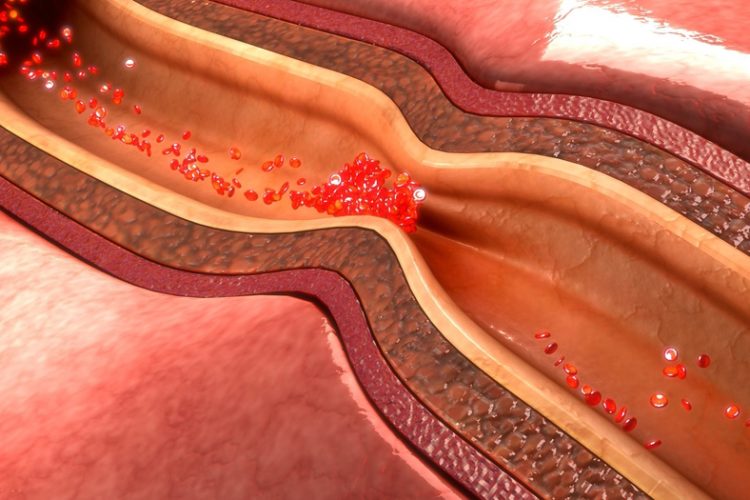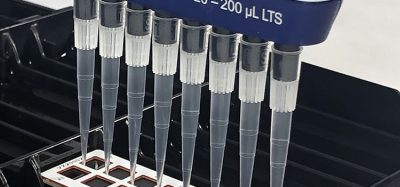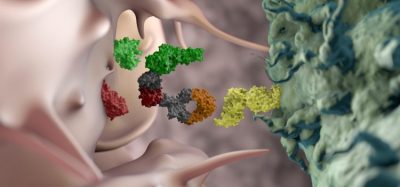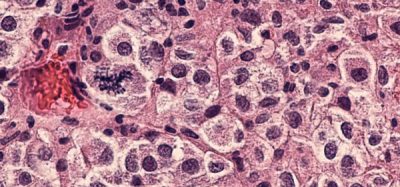Lasers used to detect risk of heart attack and stroke
Posted: 21 August 2017 | Dr Zara Kassam (European Pharmaceutical Review) | 1 comment
Patients at risk of heart attacks and strokes may be spotted earlier thanks to a diagnosis tool that uses near-infrared light…


Patients at risk of heart attacks and strokes may be spotted earlier thanks to a diagnosis tool that uses near-infrared light to identify high-risk arterial plaques.
Dr Tara Schiller from the International Institute for Nanocomposites Manufacturing at The University of Warwick, along with colleagues from the Baker and Monash University, have discovered that increasing the wavelength of the infra-red (IR) radiation currently used to detect fatty deposit build-up in arteries to near-infrared (NIR) wavelengths allowed them to selectively identify plaques with internal bleeding, typically associated with high-risk deposits.
The products causing this fluorescence were identified using Raman spectroscopy. They are thought to be a mixture of haem products, formed during the degradation of red blood cells. These products were only observed in the unstable plaques with internal bleeding and not observed in the more stable fatty deposits. This can improve selectivity when looking for high-risk deposits in patients and could help doctors to identify the most at-risk patients.
“Despite the millions of dollars spent each year particularly on heart imaging, there still isn’t a reliable way of identifying these unstable plaques,” explains Dr Karlheinz Peter. “We realised when we shine a light in the near-infrared wavelength range, that this light is reflected at a certain wavelength. So in a way we can use laser light to shine up the plaques that are unstable, and it’s very characteristic,” Dr Peter added.
After further investigation with clinical trials this method of imaging technique could be used to assess unstable fatty arterial plaques and could be used to monitor the effectiveness of the drugs used to prevent heart attacks or strokes. The research is published in Nature Communications.
Current imaging techniques are able to identify some characteristics of high-risk plaques but none are generally accepted as reliable methods for selectively detecting the dangerous plaques.
“What we have done uses innovative, materials-based techniques to assist in the development of new diagnostic tools,” explains Dr Schiller, “This could help us to detect the threat of an imminent heart attack and result in a decrease of the mortality rates.”
Related topics
Related organisations
International Institute for Nanocomposites Manufacturing, Monash University, University of Warwick









In my experience with Raman spec in lab applications for nano particle characterization; I believe this will be the key to very exact measurements of particles in the blood as well as the body as techniques and technology evolve. Leigh J. Mack, MD, PhD, FAPCR, CPI